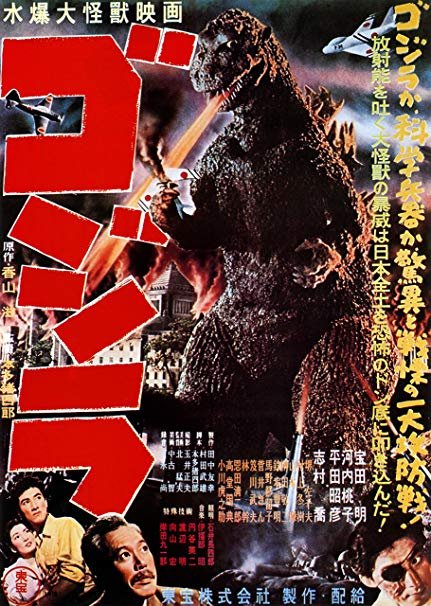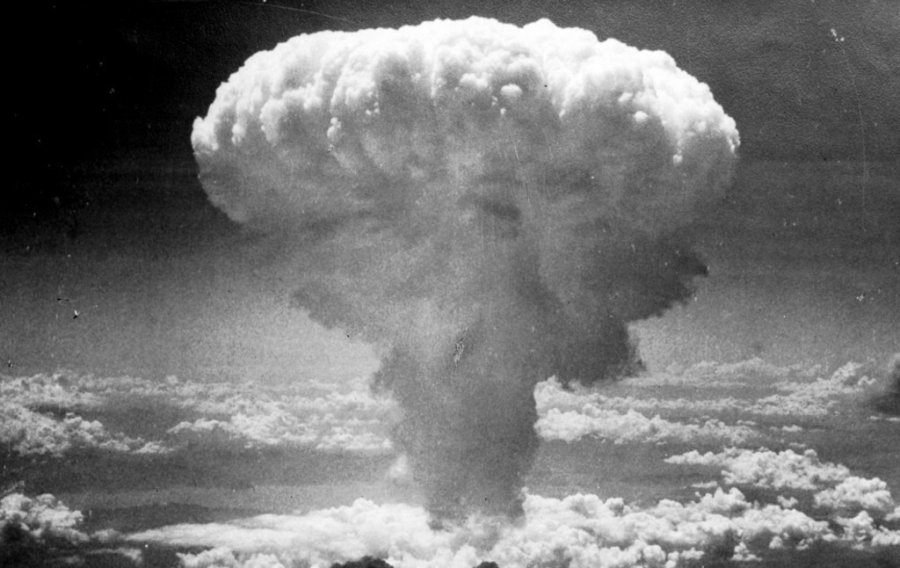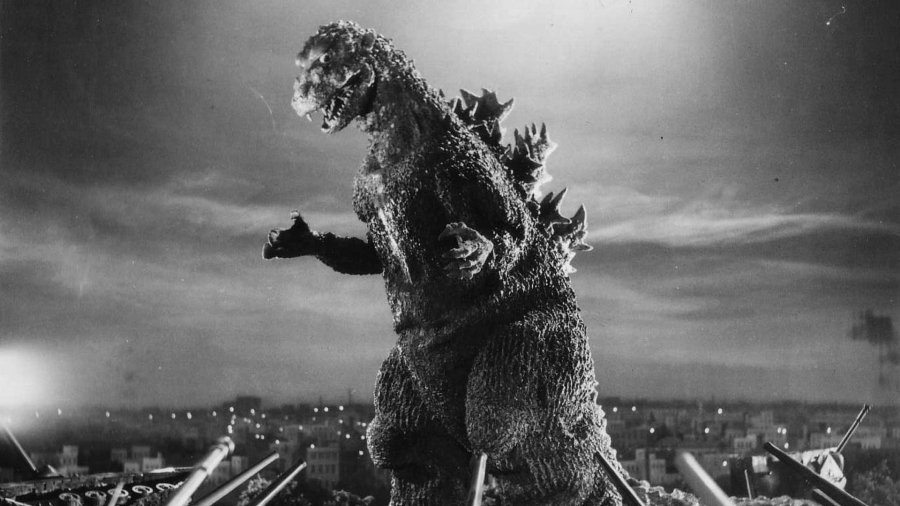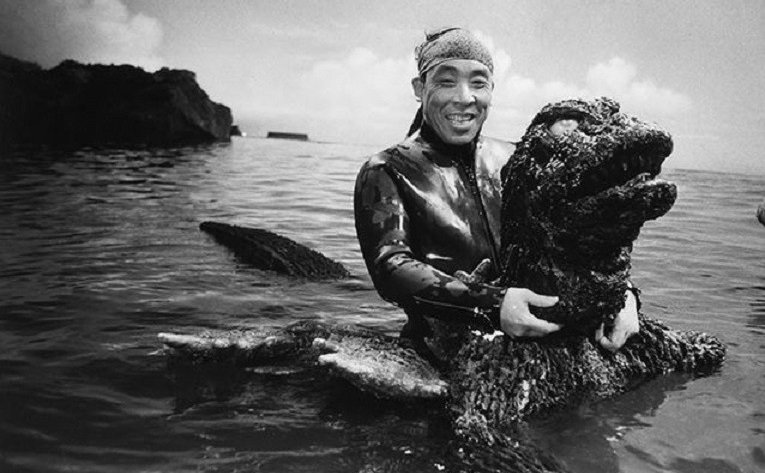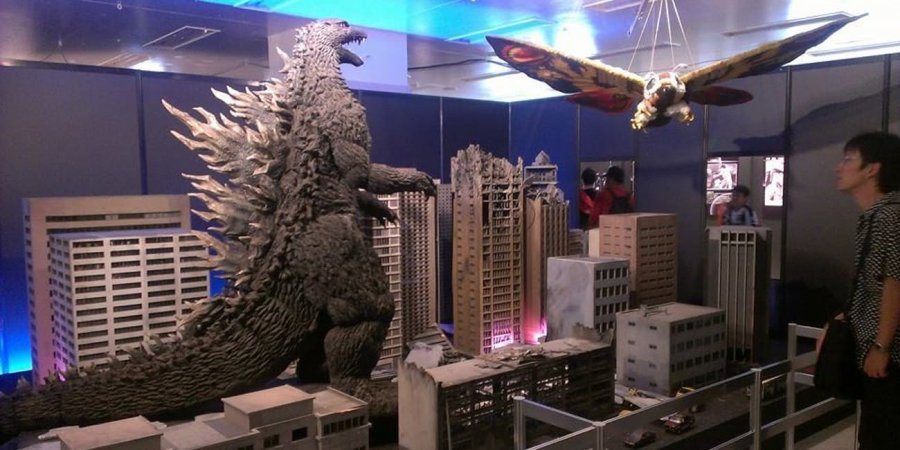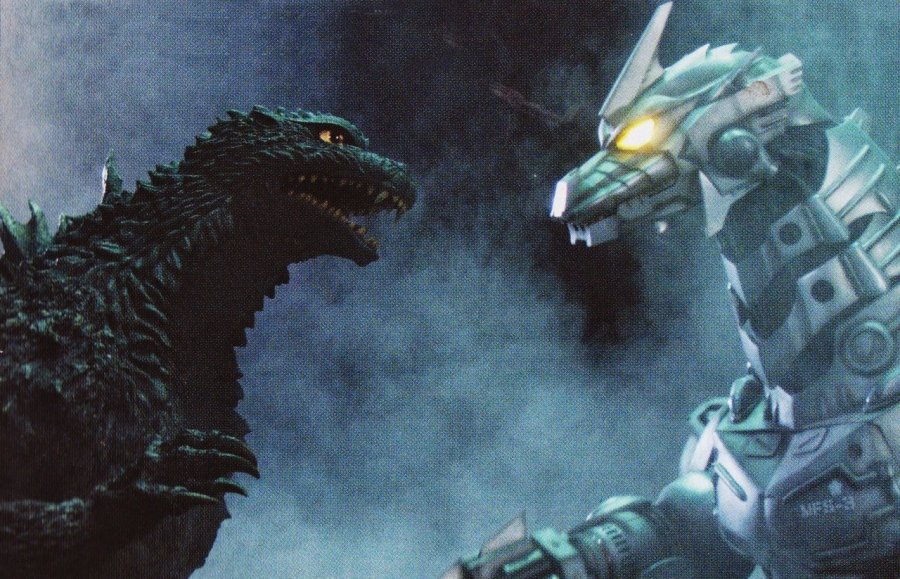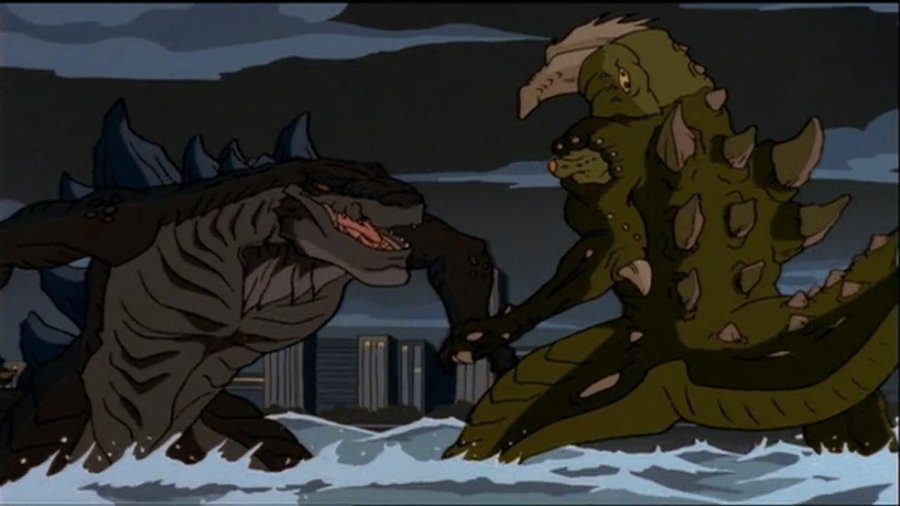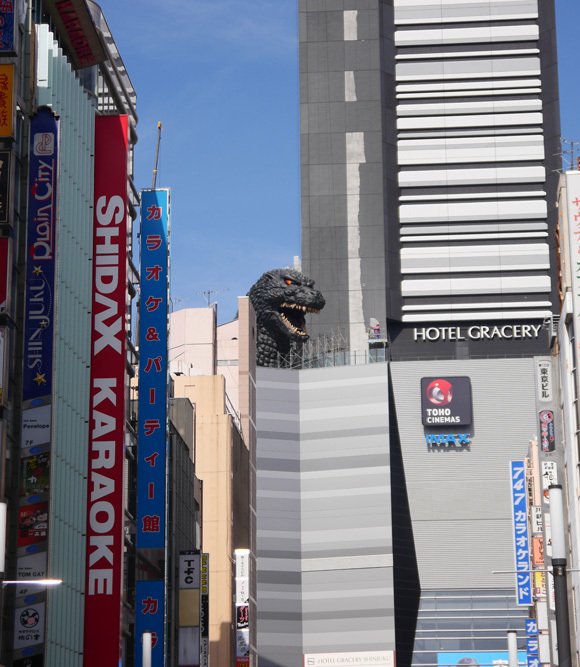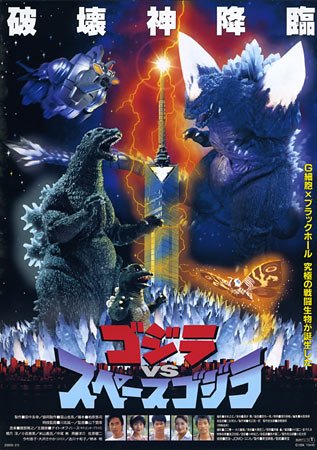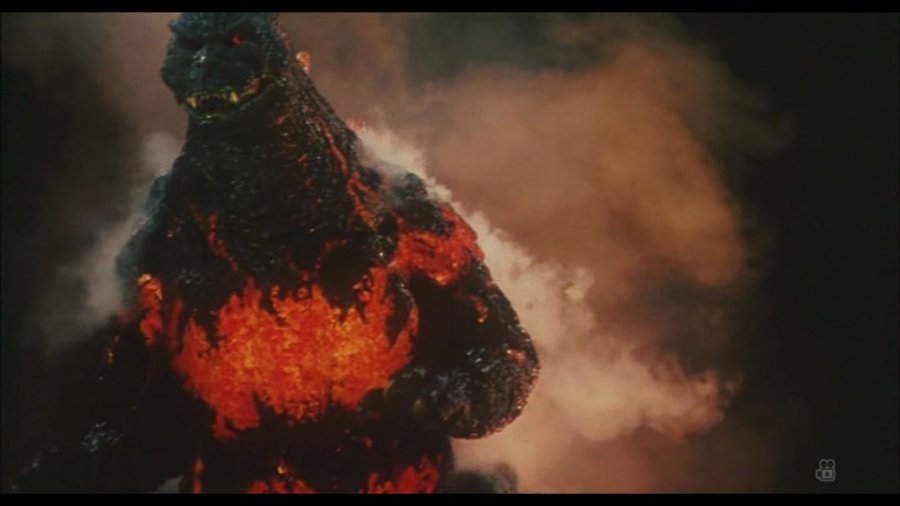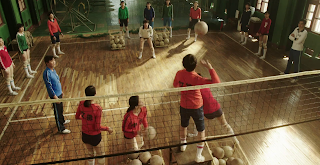Battle
Royale 2: Requiem; or, Extreme Measures
You may be
lonely, but it's time to stop being afraid. To all the abandoned children on
earth, Let's rise up together and fight together!
Continuing
my adventure with Battle Royale (2000), this week, I take a look at the controversial
sequel called Battle Royale: Requiem. Arguably, this movie has just as many
haters as admirers. The story was penned single-handedly by Kenta Fukasaku,
without any reliance on Koshun Takami’s source material. The end result is, in
my opinion, a movie that struggles to distance itself from the father picture
while inevitably repeating the tropes which made the original so successful.
This is my review of Battle Royale 2: Requiem.
Release Info
Directed by: Kenta Fukasaku, Kinji Fukasaku Starring: Tatsuya Fujiwara, Shugo Oshinari, Ai Maeda, Anna Sakai
Language: Japanese Original Title: バトル・ロワイアルII 鎮魂歌 Runtime: 133 min
Synopsis
Three years
after the events from the previous film, we see Shuya Nanahara (Tatsuya
Fujiwara) as the leader of the terrorist organisation called Wild Seven. The
terrorists declared war against oppressive governments and adults in general. Teenagers from Shikanotoride Junior High School are abducted by
Japanese authorities and their teacher (Riki Takeuchi) forces them to
participate in a new Battle Royale game. This time, the ultimate goal is to
hunt down and kill Nanahara Shuya. They are sent on a deserted island and,
after suffering heavy losses, they eventually face the elusive survivor of the
previous Battle Royale.
After the
enormous success of Battle Royale in 2000, Toei commissioned a sequel with Kinji
Fukasaku returning in the directorial chair. However, the director’s untimely
passing at the beginning of the production resulted in Kenta Fukasaku, the
director’s son and screenwriter of both Battle Royale films, taking over the
project.
The primary
disadvantage of Battle Royale 2 are overdone action set pieces. At times, it
seems as the movie forgets that it is Battle Royale 2 and turns into Saving
Private Ryan 2. Way too much bombastic action and blood (obvious attempt
at pleasing horror fans) really put you off from the viewing experience.
In an attempt to become a meaningful story, the script
contains not only strong anti-American sentiments, but also hammers down
leftist ideology. This is especially visible in the scene when Shuya enumerates
with great respect all the communist-oriented governments across the globe,
framing their “revolutions” as the paragon of change that should occur all over
the world. This is the moment when the film completely lost my attention. The
sequel throws out the window the message from the first film about suffering
and oppression, and replaces it with the Marxist manifesto.
I also didn’t like how Shuya Nanahara was basically turned
into a Peter Pan in this film. At the end of the previous picture, we see him
running away with Noriko (her character appears only towards the end of the
sequel) to start a new life. However, now we see him as a terrorist hell-bent
on killing adults. Well, he and his comrades will eventually become adults as
well, so… Let’s just say that Battle Royale 2 has a lot of plot holes.
This is not to say that there were not things that I liked. In
particular, the new class was great. The students felt more vivid and better
fleshed out than in the first Battle Royale. I genuinely rooted for them and
felt sad when some of the principal characters died in agony. In addition, I
loved the subplot involving Kitano’s daughter, Shiori (Ai Maeda). This should have been the main focus of the story, but instead, the
filmmakers went with Shuya’s plan to conquer the world. Furthermore, the music score composed by Masamichi Amano was also magnificent.
Wonderful performances of the lead actors: Tatsuya Fujiwara,
Ai Maeda, Shugo Oshinari, and Ayana Sakai deserve praise. Nevertheless, Riki
Takuechi is a joke as the homeroom teacher. Maybe it is not entirely the actor’s
fault. Maybe it is due to directorial instructions, but I could not take his overacting seriously. Sonny Chiba, on the other hand, (who appears in only
one flashback scene) would have been better in this role.
The director’s intention was to make a controversial movie and,
indeed, he achieved his goal. I recommend Battle Royale 2 only as a passing
trivia from the history Japanese cinema. You can check it out for one time, but
I doubt that you will find this sequel as a satisfactory conclusion of Battle
Royale. Like I said in my previous review, the original movie is so perfect
that a remake is unnecessary. Let me just add, that a sequel is unnecessary as
well. With such a cult story, the follow-up will always end up being inferior.
That does not mean, however, that Battle Royale 2 is riddled only with flaws.
There are some positives, but they transpire just occasionally through a
politically-charged script.
Overall score: 5/10
«Enjoyed this post? Never miss out on future posts by following us»










